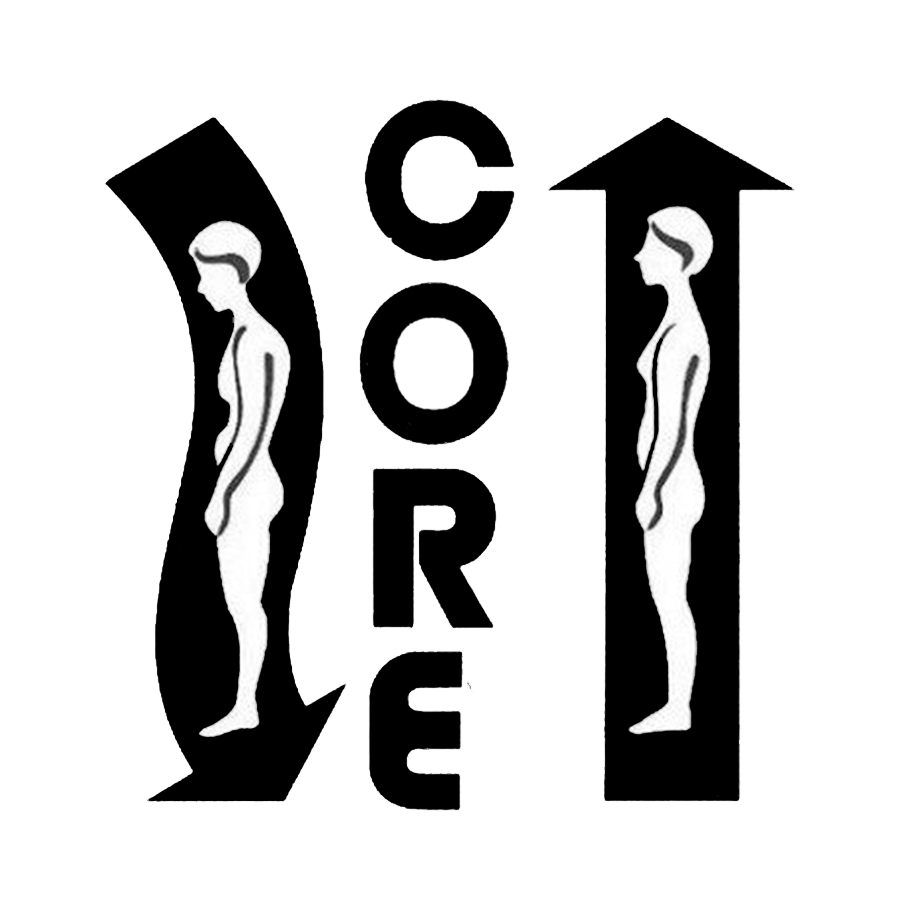Most of you know I’m slowing it down! I’ve been saying this for about five years, and many people poke fun at me since I seem to not get my finger out of this pie. But at this stage, I truly do see retirement as a great option…I have a nice but small group of instructors around the world who carry the work forward; I’ve written and published what I think of as my textbook for the CORE work in my five session series, with a long philosophy of CORE work preceding my blueprints for each session. I’m well along on what I think will be my final book, Finding and Sharing Resilience: Coping with a Crazy World. I expect this book to be released, self-published, on amazon, this winter. I’d like to share my reasons for writing and my intention for what may be my final product.
Basically, the longer I’ve worked, the more I realize I return to early influences, such as Louis Hay, author of You Can Heal Your Life/You Can Heal Your Body (published Hay House). I resonate with her story and her ideas. As a successful person who had ‘outgrown’ her childhood issues, she was amazed to discover she had a serious illness. On reviewing her thoughts and feelings, she realized she still lived in “I’m not good enough” and decided to change this thought pattern by using affirmations and denials to rewire her brain, and thus, her bodymindcore. As she healed herself from her condition, she realized how many, if not most of us, are plagued with those same feelings. Her book offers the concept that the root disease is based on those feelings, and repairs can be made with a change in thinking.
I resonate totally. I’ve had an experience where I was brought personally to this deep ‘not good enough’ awareness during a bodywork session years ago. Thus it’s always made sense to me that when we feel less-than, we can’t feel more than.
In the past ten years I’ve found Stephen Porges, author of The Polyvagal Theory, which claims the vagus nerve has branches, different functions in the branches, and is (in my words) evolving into a system that requires us to choose whether to freeze, fight, flee, or decide more quickly to find, face, feel, flush, free and forget our challenges. The quote that got me interested in Porges’ work was ‘…the pivotal point is, can we get people to feel safe?” For me, these two ideas join into one…if we can’t feel safe, we’ll never feel good enough, and if we’re not good enough, how can we feel safe?
Thus, I’ve taken the culmination of 72 years of living, 45 years of looking beyond physics into metaphysics, and 36 years of bodywork (38 with training) and decided to try to frame my work and ideas into words that can make sense for and enhance anyone’s life, existence, health and joy. I’ve already said this to my bodywork community in Essential CORE, but with this book, I want to share with anyone interested in coping with the way the world seems to be moving. I want to help them say, feel, and believe, “I’m safe, and I’m good enough. In this bodymindCORE I bounce back from any stimulus that causes shortening and tightening of my core. I can stay open in open space.”
Now, I know that sounds a bit esoteric, but here’s the deal. I truly feel the five sessions of bodywork I’ve created are valuable, but I think the principles behind each of those sessions are possibly even more valuable. I believe I can share what I often tell students to explain to their patrons: what they’re doing, why, and how that patron can help. I want to offer the same thing to you as I teach you what you can do, why you’re doing it, and how you can make it more effective, safe and joyful for you and for those around you.
So the book will spend time with my philosophy of how we need to create safety in a crazy world, but also how to feel like one is on purpose and contributing ‘enough’ to the world. Only after a good read on those thoughts do we go into the goals of individual sessions. Then, I suggest ways that the reader/patron can implement these ideas. In my work I’ve created ‘mantras’ for each session that show the way to what I want us all to find in each session. For example, first mantra is Touch CORE, Find Breath, Stretch Points. Can you see how that applies to everyday life, and to my goal of making us all feel safer and better about our own path and purpose?
Subsequent mantras: Safety in the Lower Junctions, Deep CORE to Roots, Arms and Head on Straight, and Finding a Friendly World. In other words, to truly simplify, if we can just unwind and stretch our guts, all the way to our extremities, then wake up to the fact we have ‘stuff’ ‘down there’; next we can tug and clean clear to those roots, get the head on straight and finally find a friendly world, on purpose. Doesn’t the feel worthy?
For me, this book is the culmination. If I can share that elusive ‘what I think I know’ with all, not just the bodyworkers, I believe I’m giving to the world that which I’m asked to give. I’m excited for this book, and I hope my ideas appeal to you.
